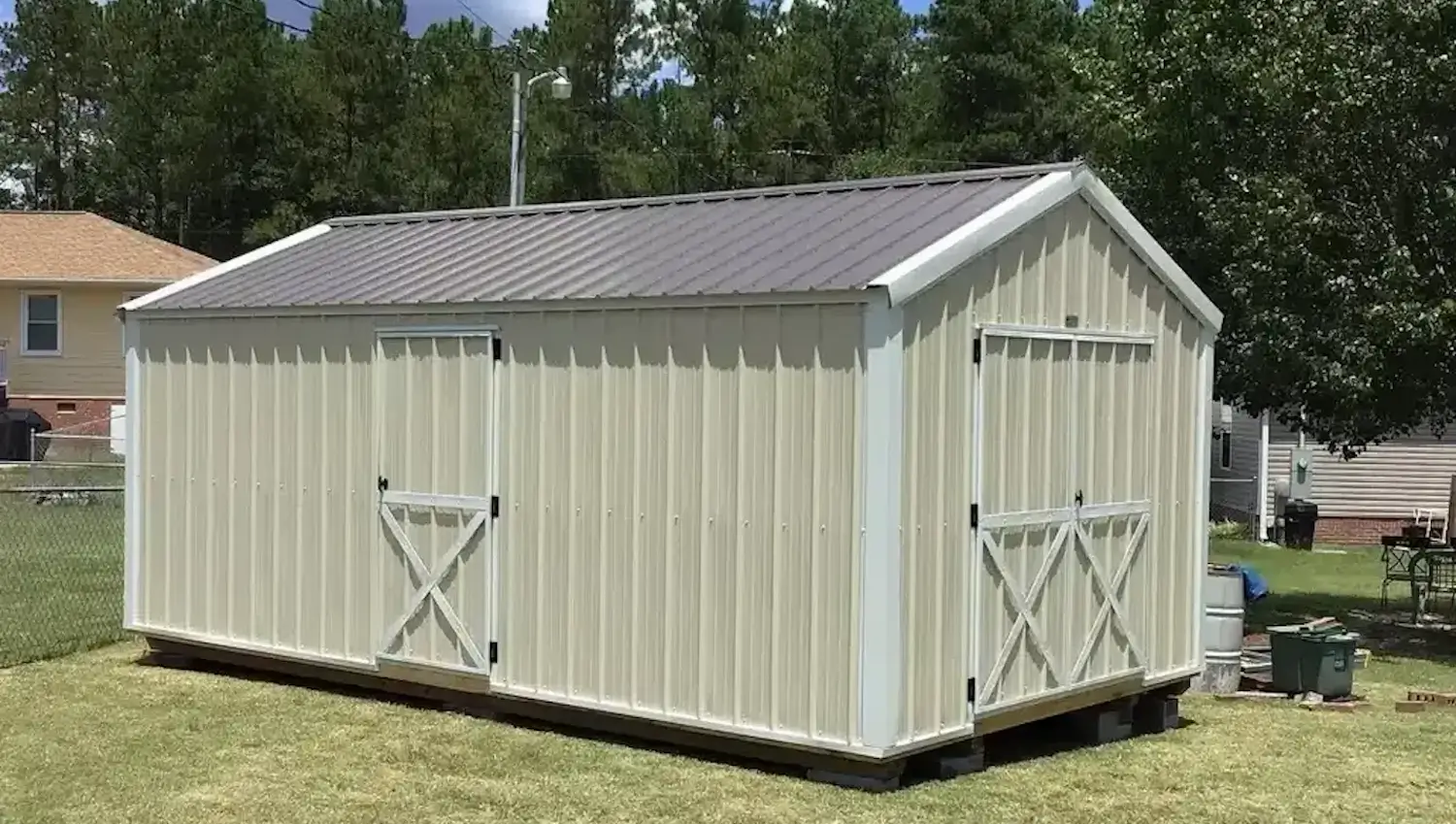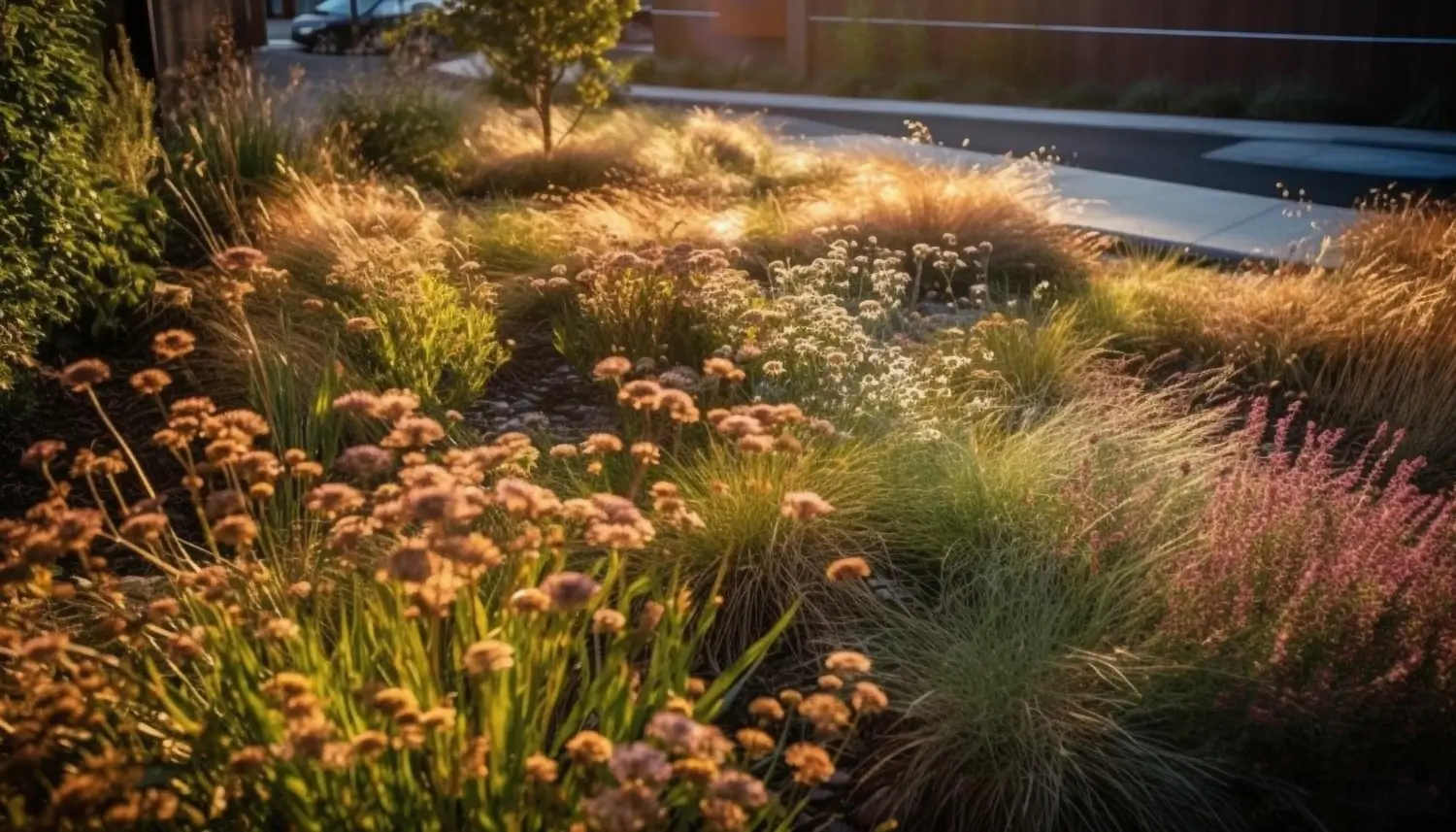A well-designed yard can be both beautiful and easy to maintain. Instead of spending hours mowing, weeding, and watering, homeowners can enjoy a peaceful outdoor space that requires little effort. With the right planning, a low-maintenance yard is possible.
A recent survey shows that over 70% of homeowners want yards that require minimal upkeep. Traditional lawns and flower beds often need regular watering, trimming, and fertilizing, which takes time and money. Keeping up with yard work can feel overwhelming, especially for busy schedules.
Homeowners can create an outdoor space that looks great all year with little effort by choosing the right plants, adding hardscaping elements, and using smart landscaping techniques. This approach also helps the environment by reducing water use, limiting chemical treatments, and supporting local wildlife. Growcycle supplies a wide range of gardening products suitable for low-maintenance landscaping.
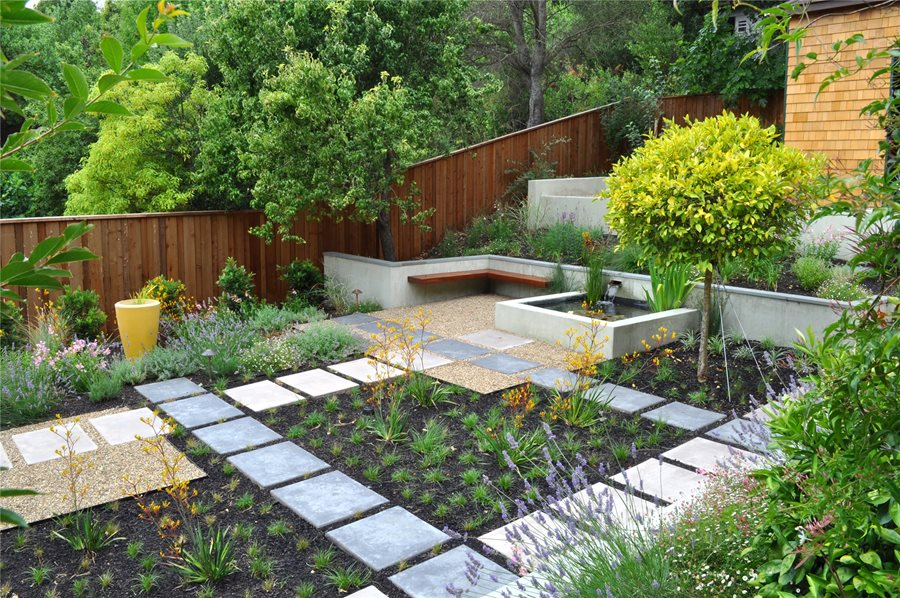
Benefits of a Low-Maintenance Yard
A low-maintenance yard offers many advantages, from saving time and money to benefiting the environment and increasing property value. With the right design and materials, homeowners can enjoy a beautiful outdoor space without constant upkeep.
Time and Effort Savings
A well-planned yard requires less watering, mowing, pruning, and weeding, making outdoor maintenance easier. By using native plants, ground covers, and durable hardscaping, homeowners can reduce daily yard work. Instead of spending hours on maintenance, they can enjoy their outdoor space for relaxation, entertainment, or family activities.
Cost Efficiency
Water-efficient landscaping reduces irrigation costs while choosing native plants eliminates the need for expensive fertilizers and pesticides. Durable materials such as stone, gravel, and composite decking require less upkeep and last longer than traditional options. While the initial investment in these features may be higher, the long-term savings on water bills, lawn care products, and professional landscaping services make it a cost-effective choice.
Environmental Impact
Sustainable landscaping supports the environment by conserving water, reducing chemical use, and promoting biodiversity. Native plants require less water and are naturally resistant to pests, reducing the need for synthetic fertilizers and pesticides. Mulching and proper soil management help retain moisture and prevent soil erosion.
Increased Property Value
A well-maintained yard can increase curb appeal and property value. Potential buyers appreciate visually appealing landscapes but require little upkeep. A thoughtfully designed, sustainable yard can make a home stand out in the real estate market, attracting buyers who prefer low-maintenance outdoor spaces.
How to Plan Low-Maintenance Landscape
Proper planning is essential to create a low-maintenance yard that meets both aesthetic and functional needs. Homeowners can design by following these guidelines:
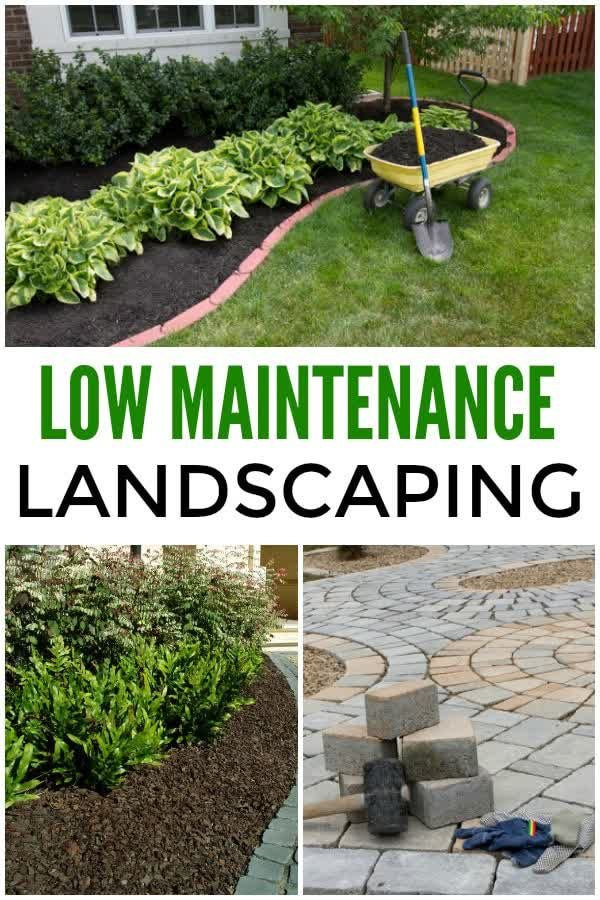
Site Assessment
Understanding the yard’s natural conditions helps in making smart landscaping choices.
- Climate and Weather: Local climate affects plant selection and hardscaping materials. Drought-tolerant plants work well in hot, dry regions, while hardy evergreens are better suited for colder climates. Wind patterns and seasonal changes should also be considered.
- Soil and Terrain: Evaluating soil type and drainage helps determine the best plants and landscaping solutions. Clay-heavy soil may need amendments, while sandy soil requires moisture-retaining strategies. Natural slopes and elevations influence drainage and plant placement.
- Sunlight and Shade: Observing how sunlight moves across the yard guides plant placement. Sun-loving plants thrive in open areas, while shade-tolerant varieties thrive under trees or near structures. Proper positioning reduces the need for frequent watering and maintenance.
Identifying the Needs and Lifestyle
A successful landscape design should align with how the yard will be used.
- Homeowners should consider whether the space is primarily for entertaining, relaxing, playing, or gardening.
- Family needs, such as child-friendly areas or pet-friendly landscaping, should be factored into the plan.
- Future plans, such as adding outdoor seating or expanding garden beds, should be considered to avoid costly redesigns later.
Setting Goals and Budget
Establishing clear objectives ensures the project stays on track.
- Goals may include reducing maintenance time, improving curb appeal, or creating different zones for various activities.
- Budget considerations should include materials, plant selection, and potential professional assistance.
- Implementing phase changes can help manage costs while gradually achieving the desired landscape.
Creating a Master Plan
A well-thought-out design prevents costly mistakes and ensures functionality.
- Drawing a scaled layout helps visualize the final landscape.
- Consulting with a professional designer or using landscaping software can provide useful insights.
- Dividing the yard into functional zones, such as an entertaining space, a quiet retreat, or a children’s play area, makes maintenance easier and improves usability.
Design Principles for Effortless Landscaping
A low-maintenance yard is easier to manage when designed with simple and smart planning, such as:
Keeping It Simple
A simple yard is easier to take care of and looks great.
- Using fewer plant types makes maintenance easier and gives the yard a neat, balanced look. Choosing hardy, low-maintenance plants reduces the need for extra care.
- Quality is more important than quantity. Using durable materials and well-placed plants improves the yard without adding extra work.
- Open spaces and clean layouts make the yard look tidy and easier to manage. A clutter-free design keeps maintenance low.
Adding Eye-Catching Features
A few well-placed features can make the yard look stylish without extra upkeep.
- A sculpture, water feature, or special plant can serve as a centerpiece and add character.
- Different textures and colors, such as a stone pathway next to green plants, create visual interest without crowding the space.
- Keeping focal points simple ensures they stand out instead of getting lost in a cluttered design.
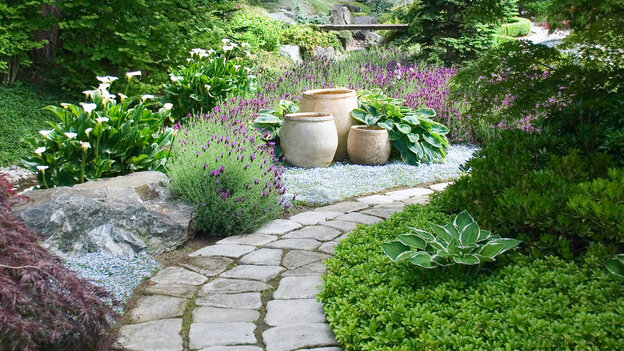
Creating Functional Zones
Dividing the yard into specific areas makes it easier to use and maintain.
- Spaces like seating areas, dining spots, and play zones should have clear boundaries to stay organized.
- Multi-use spaces are a smart choice. For example, a patio can work as a dining and relaxation area.
- Defined walkways and borders help separate different areas, making the yard look neat and reducing maintenance.
Hardscaping for Easy Maintenance
Hardscaping reduces the need for grass and plants that require constant care.
- Patios, decks, and gravel paths need less upkeep than lawns and flower beds.
- Rock gardens and mulch beds add variety while helping to keep moisture in and weeds out.
- Stone pathways and permeable pavers improve drainage and last longer than traditional lawn areas.
Expert Tips for Effortless Landscaping
Here are expert recommendations to enjoy beautiful landscaping with minimal effort:
1. Insights from Landscaping Professionals
Experts in landscaping emphasize simplicity and sustainability as key principles for effortless yard maintenance.
- To reduce upkeep, many professionals recommend keeping the design simple with fewer plant varieties and well-defined spaces.
- Sustainable practices, such as using native plants, improving soil quality, and installing efficient irrigation systems, help maintain a thriving landscape with less work.
- Landscaping designers suggest incorporating hardscaping elements such as stone pathways and gravel beds to reduce reliance on high-maintenance grass.
2. Plant Selection Strategies
Choosing the right plants is essential for a low-maintenance yard.
- Selecting low-maintenance plants suited to the local climate ensures they thrive without extra watering or fertilizing. Hardy perennials, ornamental grasses, and evergreen shrubs are excellent choices.
- Using native and drought-resistant plants reduces water usage and prevents pest problems. Native plants are naturally adapted to the local environment and require little care.
- Planning for year-round interest means selecting a mix of plants that provide color and texture across different seasons, reducing the need for frequent replanting.
3. Efficient Irrigation Systems
Modern irrigation systems help maintain a healthy yard while reducing water waste and labor.
- Drip irrigation and smart controllers deliver water directly to plant roots, ensuring efficient moisture distribution while preventing overwatering.
- Watering in the early morning or late evening minimizes evaporation and improves plant absorption.
- Regular maintenance of irrigation systems ensures they function properly and prevent leaks or blockages.
4. Soil Improvement and Mulching
Healthy soil supports plant growth and reduces maintenance needs.
- Adding organic matter and compost enriches the soil, improving drainage and nutrient retention. Healthy soil reduces the need for chemical fertilizers.
- Mulch helps retain moisture, suppress weeds, and regulate soil temperature. Natural mulches, such as wood chips or bark, decompose slowly, providing long-term benefits with little upkeep.
How to Choose the Right Plants for Landscaping
Selecting the right plants is crucial for creating a low-maintenance yard. Homeowners can reduce upkeep by choosing the right varieties, placement, and design strategies to achieve a beautiful landscape.
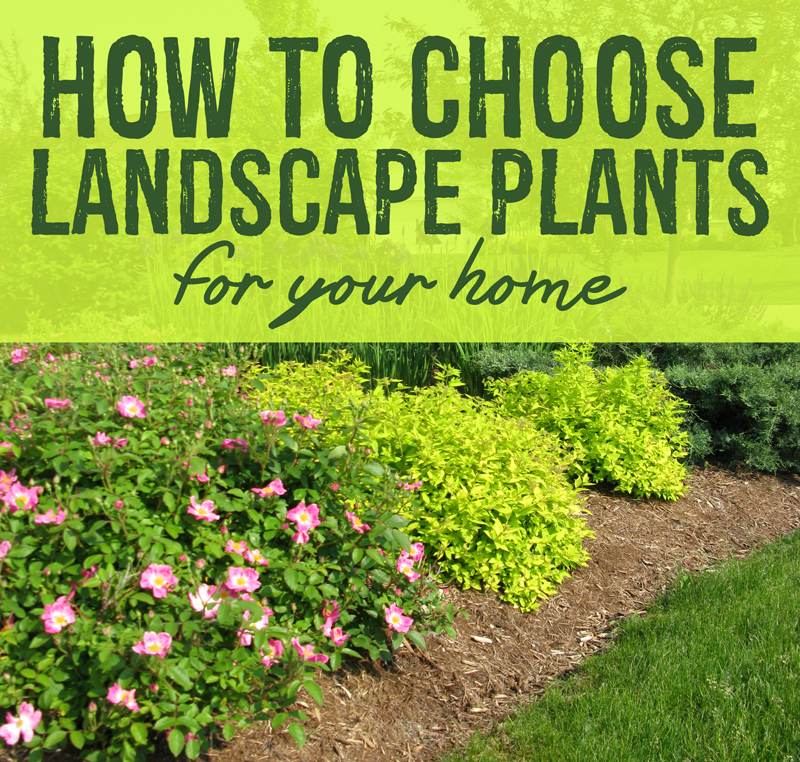
Drought-Resistant Varieties
Drought-tolerant plants are ideal for reducing water usage and ensuring a healthy yard with minimal effort. These include succulents like agave, yucca, and aloe and hardy perennials like lavender, coneflowers, and black-eyed Susans. For shrubs, juniper and sagebrush thrive in dry conditions.
These plants have adapted to low-water environments. They use deep root systems to access moisture and often have waxy leaves to reduce water loss. Homeowners can minimize irrigation needs and conserve water by incorporating these plants into the yard.
Native Plant Benefits
Native plants are naturally adapted to the local climate, soil, and pests, making them more resilient and requiring less care than non-native varieties. They typically need less water, fertilizer, and pest control.
Examples of native plants depend on the region, but some common choices include Echinacea (purple coneflower), black-eyed susans, and milkweed.
Native plants can often be sourced from local nurseries, botanical gardens, or community plant exchanges. Research is important to determine which species thrive best in each specific climate zone.
Low-Growth Lawns and Alternatives
Traditional grass lawns require frequent mowing, watering, and fertilizing, but some alternatives need less maintenance.
- Ornamental grasses, such as blue fescue or fountain grass, provide texture and beauty without the upkeep of regular mowing.
- Ground covers like clover, creeping thyme, or sedum are excellent substitutes for grass. They form a dense carpet that reduces weeds and requires less watering.
- Low-maintenance lawns are easier to maintain, require fewer chemicals, and are often more eco-friendly. These alternatives provide a lush, green appearance without the demands of a traditional turf lawn.
Eco-Friendly Practices for a Low-Maintenance Yard
Homeowners can build a beautiful, healthy landscape with minimal work by incorporating organic practices and sustainable design elements.
Organic Lawn Care and Pest Management
Avoiding chemicals is one of the best ways to reduce yard maintenance and environmental impact.
- Avoiding synthetic fertilizers and opting for organic soil amendments like compost or organic mulch helps improve soil health without introducing harmful chemicals.
- Natural pest control methods, such as encouraging beneficial insects like ladybugs, using companion planting, or applying organic insecticides like neem oil, reduce the need for harmful chemical treatments.
- Maintaining healthy soil through organic practices helps plants grow strong and resilient, reducing their vulnerability to pests and diseases.
Sustainable Landscaping Practices
Sustainability is at the heart of low-maintenance yard design.
- Composting organic waste and using mulch improves soil fertility, reduces the need for chemical fertilizers, and helps retain moisture, cutting down on watering needs.
- Using native plants reduces water consumption and encourages local biodiversity, creating a more self-sustaining landscape.
- Reducing lawn areas and incorporating more hardscaping, such as patios, paths, or stone beds, decreases the need for mowing, watering, and fertilizing.
- Hardscaping elements, like permeable pavers, also reduce runoff and improve drainage, contributing to a more sustainable yard.
Wildlife-Friendly Landscaping
A low-maintenance yard can also provide a welcoming space for local wildlife.
- Planting native flowers, shrubs, and trees supports local wildlife, such as birds, butterflies, and bees, by providing food and shelter.
- Creating spaces for pollinators like bees and butterflies by planting flowering species that bloom at different times ensures continuous support for local ecosystems.
- Designing the yard to balance low maintenance and ecological health encourages a thriving environment for plants and animals.
Energy and Resource Efficiency
Energy-efficient lighting, such as solar-powered garden lights or LED fixtures, reduces electricity consumption and highlights the landscape in an eco-friendly way. Recycled materials, such as reclaimed wood or repurposed stone, can be used for pathways, fences, and garden structures. These add character to the yard while promoting sustainability.
Maintenance Tips and Seasonal Care
Even a low-maintenance yard needs some attention throughout the year. Seasonal tasks and routine inspections help ensure it stays healthy with minimal effort.
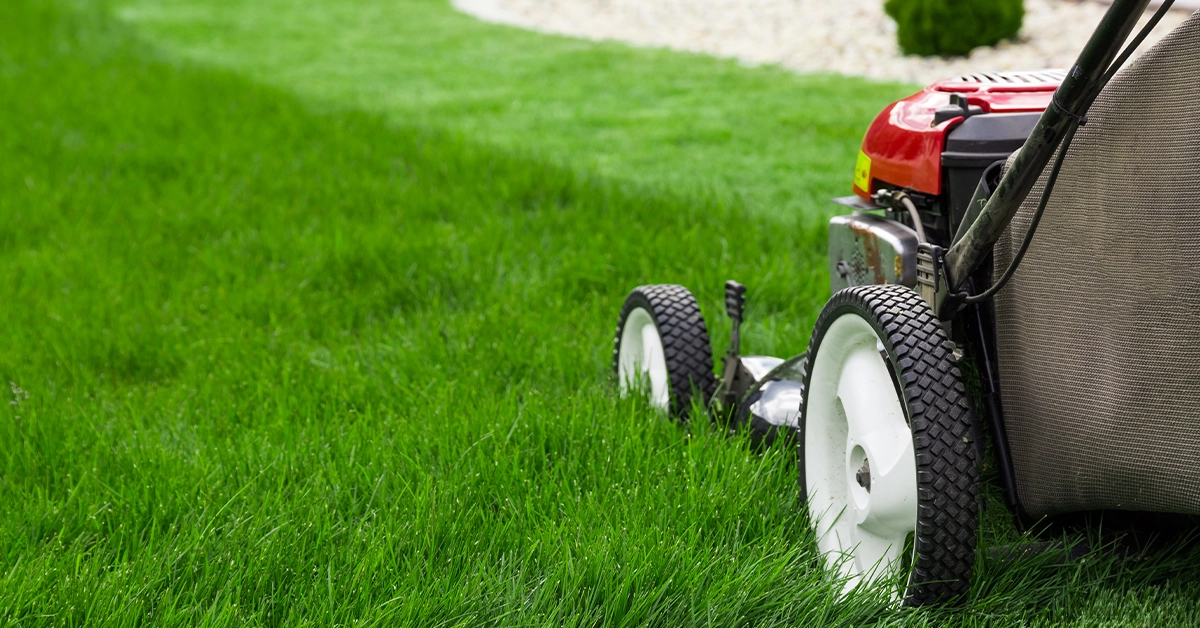
Seasonal Maintenance Checklists
Here is a simple guide for seasonal tasks:
- Spring: Focus on planting new low-maintenance species, cleaning up debris, and adjusting watering systems.
- Summer: Make watering adjustments based on rainfall and heat. Ensure mulch is intact to conserve moisture.
- Fall: Clean up fallen leaves, trim any overgrown plants, and prepare plants for colder weather.
- Winter: Apply protective mulch and ensure evergreen plants are sheltered from extreme cold.
Regular inspections during each season help keep things in check with minimal effort.
Long-Term Care Strategies
To ensure the yard remains low-maintenance long-term, periodic updates are important.
- Pruning trees and shrubs regularly helps maintain their shape and health without overgrowth.
- Mulching annually and replacing it as it decomposes helps maintain moisture and prevent weeds.
- Adjusting to seasonal changes, like reducing watering during cooler months, ensures the yard stays efficient year-round.
Monitoring and Adjusting
Monitoring the health of plants and hardscape elements regularly can prevent problems. Check plant health to ensure they are thriving and address issues early. If the design or plants aren’t working as expected, it may be time to adjust the routine or make small changes to the layout or plant selection.
FAQs
What is the best low-maintenance ground cover?
Creeping thyme, clover, and sedum are excellent low-maintenance ground covers. They need minimal watering, grow quickly, and effectively suppress weeds.
What is the most low-maintenance patio?
A stone or concrete patio with permeable pavers requires the least upkeep. These materials are durable, easy to clean, and don’t need frequent repairs.
How can I create a low-maintenance garden?
Use drought-resistant plants, incorporate hardscaping like patios and stone paths, and apply mulch for weed control.
The Bottom Line
A low-maintenance yard allows homeowners to enjoy their outdoor space without constantly working on it. Proper planning, design, and plant choice can create a beautiful and eco-friendly landscape with little effort.
A well-planned, low-maintenance yard also helps the environment by saving water and reducing chemicals. A smartly designed yard can boost property value and bring lasting enjoyment, whether for relaxation, entertaining, or family fun. Explore Growcycle to get the best lawn maintenance products for healthy gardening.
Disclaimer: This material is for informational purposes only and should not be relied on for legal, medical, financial, or any other form of professional advice.
About the Author
Environmental Journalist Focused on Sustainable Agriculture
Victor Miller is an environmental journalist at Growcycle, specializing in sustainable agriculture. With a passion for storytelling, he highlights the latest trends, innovations, and practices that promote ecological balance and responsible farming.
